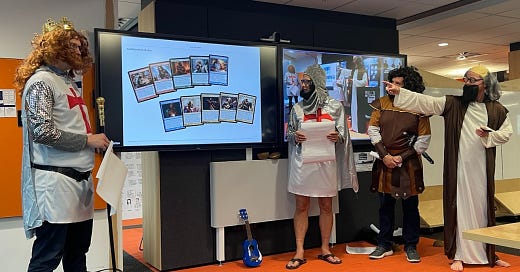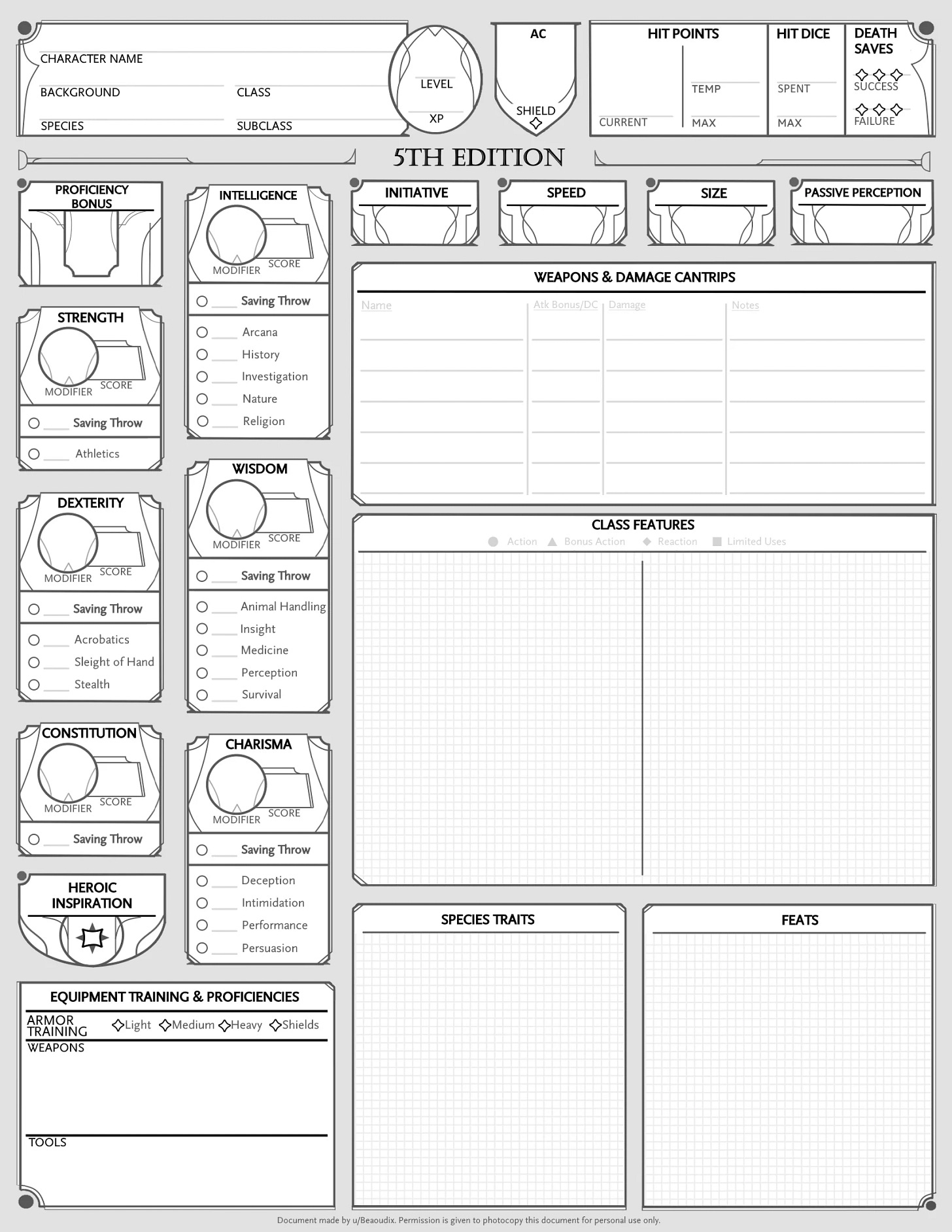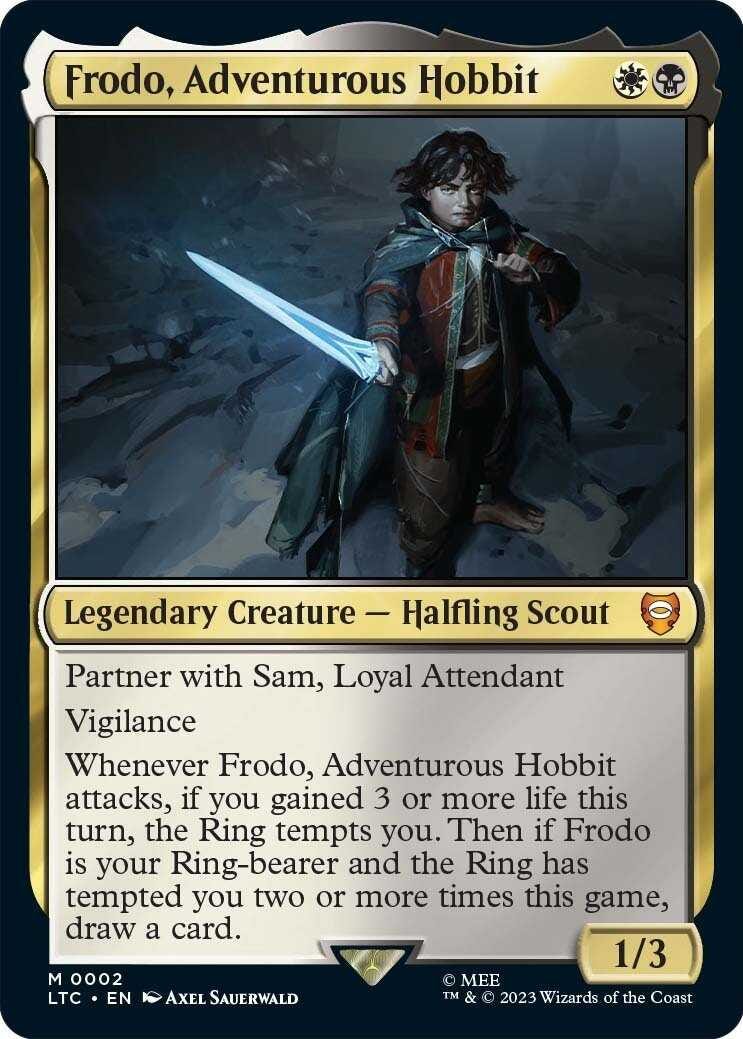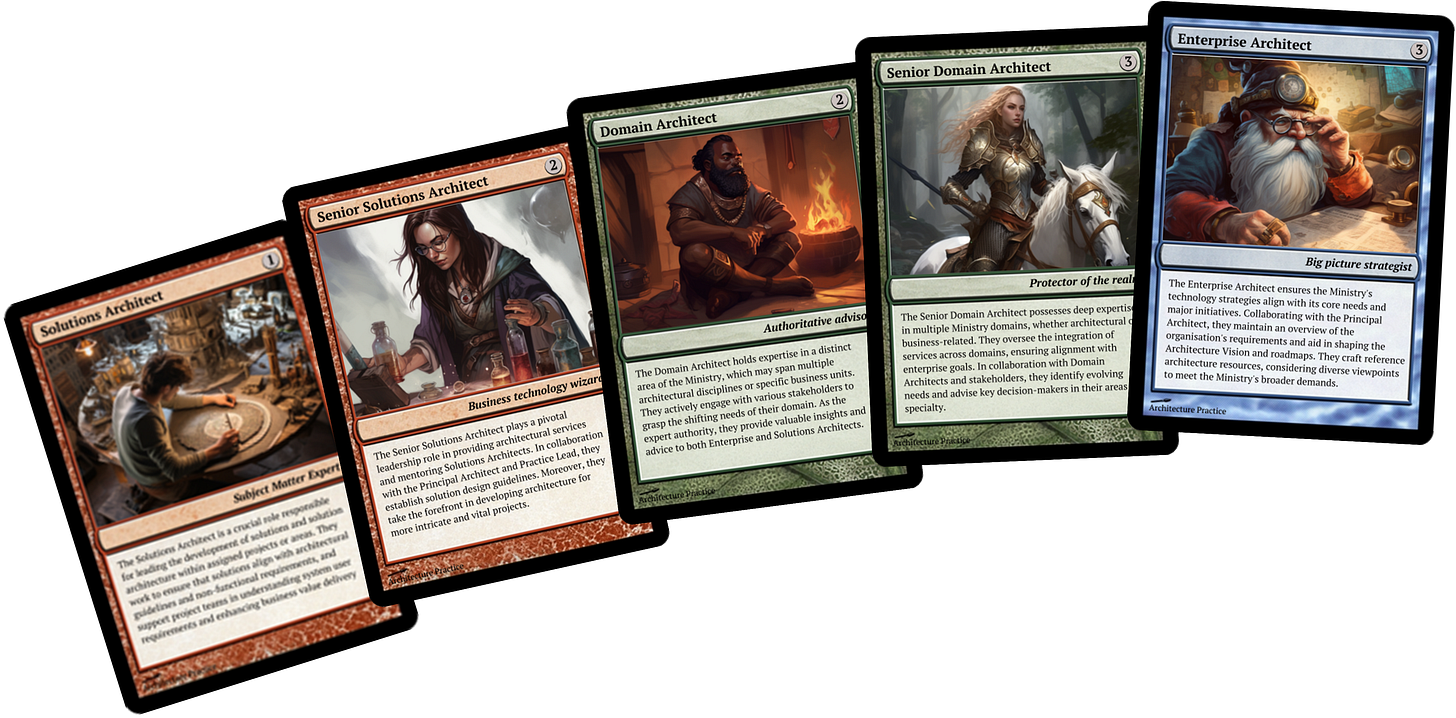An epic quest in career development (Part 1)
Slay the dragon, rescue the princess, and level up your career just like in Dungeons and Dragons!
Let me ask you something. When you’re faced with updating your “professional development plan” at work do you feel inspired? Curious? Dare I say, excited?
I would hazard a guess that for most of us the answer is “yeaaahhh, nah”.
As a manager, you may struggle to engage your team in their professional development. Let’s face it, this can be kinda dry. But does it have to be?
Back in 2023 I was tasked with revising the Position Descriptions for our team of IT Architects. As our department had recently adopted a system called the Skills Framework for the Information Age (SFIA), we needed to align our positions to this new model.
Described as “The global skills and competency framework for the digital world”, SFIA provides a structured definition for technology-based roles, using detailed descriptions for Levels of Responsibility and Professional Skills.
Looking at these Responsibilities and Skills and this system of scores and progression, I instantly recalled fond memories crafting characters in Dungeons and Dragons…
We joked at our management meeting, what if we turned our position descriptions into characters in Dungeons and Dragons? The stage was set…
Inspired by SFIA, I got thinking about other role playing games. I liked the idea of character cards like the ones you have in Magic the Gathering, and wondered if this could be a fun way to describe our position descriptions.
It wasn’t long before I found a websites where you could create custom Magic the Gathering cards. Could this actually get our team engaged on their development?
At this point, I knew what had to be done…
Over a period of a few months, during the day I was working on creating our formal Position Descriptions, while in my spare time I was feverously generating Magic the Gathering-style cards to accompany all the newly-revised positions. Midjourney was my new best friend.
A Player’s Handbook for Career Development
The Architect’s Role Compendium was born, a homage to the Player’s Handbook from D&D.
In what was clearly observed as an obsession by my family members, the compendium framed each position as a Class, described by the key attributes according to SFIA.
Each position, or class, also outlines the various career pathways available. This was the start of my thinking of career development as a series of quests.
Career quests are all about framing
Let’s say you are a Senior Developer, and you have a goal to become a Solutions Architect. The goal is a specific outcome you aim to achieve, often perceived as a future obligation, making it feel burdensome and easy to defer. So the thing about goals is they are often perceived as something you plan to do later.
A quest, by contrast, frames tasks within a narrative or adventure, embracing challenges as part of the journey, encouraging immediate action, and providing intrinsic motivation through rewards and personal growth. This makes quests psychologically easier, more engaging, and enjoyable to complete compared to traditional goal setting.
The Code Weaver’s Crucible: Ascent to Solution Spire
In our framing of the transition from a Senior Developer to a Solutions Architect as a quest, instead of being some far away target we have begun to think of attaining our next role as a journey we can embark on today. A step towards something even greater still.
While my thinking about quests as a tool has expanded since the Architects Role Compendium was developed, it is fun to reflect on what was a whim and how it has had a positive impact on our team culture. This has actually proven to be an effective tool in engaging our team members during our development conversations.

The journey continues
The quest to engage people in their career development never ends. Finding creative ways to invest in your people’s development doesn’t need to cost a lot. I can tell you from experience that your team will thank you for turning necessary yet mundane activities into something fun.
Read on for part 2 where we explore gamification!
















